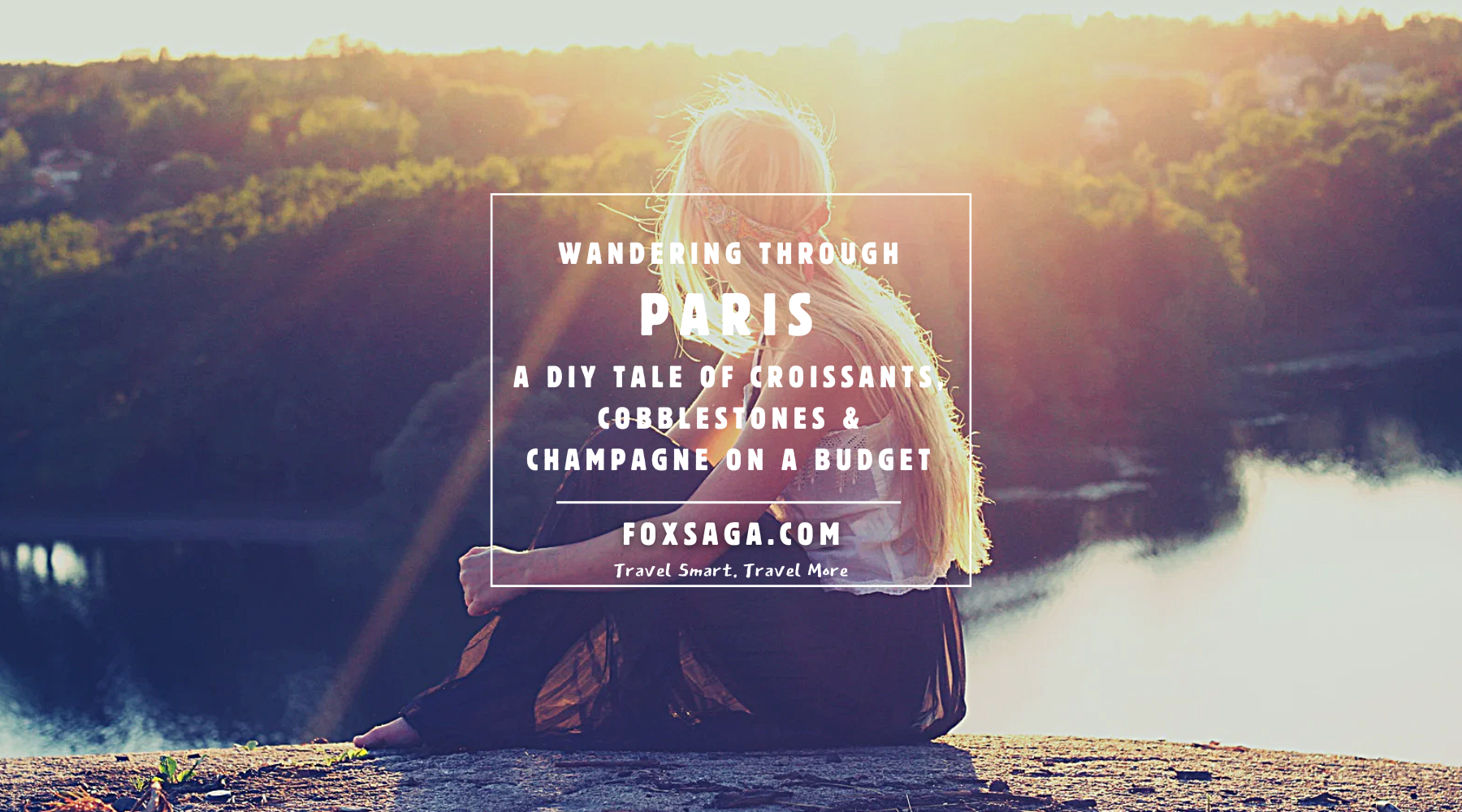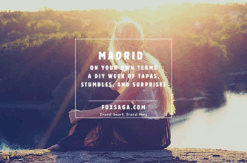Some cities don’t just sit on the map. They swirl in your imagination with the scent of butter, old books, and red wine. Paris is one of those places—and lucky for the wanderer soul, it doesn’t take a trust fund to get lost in its magic.
This isn’t a story about a 5-star spa vacation or pre-planned bus tours with laminated itineraries. This is for the explorer who wants to wake up in a cozy hotel near the heart of the city, tie their sneakers (or wildly impractical cute shoes—we’ve all been there), and let curiosity lead the way.
Your home base? A charming, well-rated hotel just steps from central Paris. Think: comfortable bed, friendly staff, and walking distance to at least three bakeries that could probably change your life. The kind of place that feels safe, warm, and perfectly Parisian without stealing your whole paycheck.
First Steps: Where to Begin
You don’t need a plan in Paris. You need shoes with decent arch support, a map that works offline, and maybe a healthy appreciation for getting lost in beautiful places.
Start with the Île de la Cité. Cross the bridge and suddenly you’re in the middle of history—Notre-Dame rising above you like it knows you’ve watched The Hunchback one too many times. Wander around the narrow lanes, poke into little bookstores, and grab a coffee on a terrace. Don’t ask which one. Just pick one that feels right. That’s the Parisian way.
Must-Sees (But Make It Casual)
Okay yes, you should see the Eiffel Tower—but here’s the trick: don’t go up. There, I said it. The best views include the Eiffel Tower, and you can’t admire it when you’re standing on it. Take your picnic supplies to the Champ de Mars, sit on the grass, and watch it sparkle at night. That’s when the magic hits.
Montmartre is another spot that feels like you’ve time-traveled. Climb the winding streets up to Sacré-Cœur (prepare your calves), but make sure to stop on the way at local art shops and cafés. It’s a neighborhood that still feels lived-in, messy in the best way.
Love art? Of course you do. But you don’t need to spend your whole day queueing at the Louvre. Instead, head to Musée de l’Orangerie and let Monet’s water lilies hug your eyeballs. Or go to the Musée d’Orsay, which used to be a train station and now holds the dreams of Impressionists. Less stress, more Van Gogh.
For a slightly macabre but weirdly fascinating experience, check out the Catacombs of Paris. Yes, it’s a tunnel filled with bones. And yes, it’s way cooler than it sounds.
Budget Like a Pro: How to Spend Without Crying
Here’s a realistic daily budget (excluding flight and hotel):
-
Breakfast from a boulangerie: €3–5 (croissant + espresso, done)
-
Lunch from a bistro or crêperie: €10–15
-
Dinner (casual spot, glass of wine included): €20–25
-
Museum or attraction ticket: €10–15
-
Metro rides: €3–5 (pro tip: walk more, see more)
-
Coffee/snacks/street crêpes/random macarons: €5–10
That lands you around €55–75 per day, and honestly? You’ll eat better than you have all year.
The Food: Where Paris Becomes a Religion
Skip the fancy restaurants with too many forks. The real joy is in finding the tiny corner places where the owner also takes your order, and maybe their dog is napping in the corner.
Try Bouillon Pigalle for an affordable but super tasty French meal. Think steak frites, escargots (if you're brave), and wine that doesn’t cost a fortune but tastes like it should.
Don’t miss out on L’As du Fallafel in the Marais. Yes, it’s falafel, and yes, you’ll probably eat it standing up, dodging pigeons. But it’s ridiculously good.
And for dessert: crêpes from a stand in Montparnasse. Nutella, banana, chantilly cream. Don’t question it—just embrace it.
Nightlife for the Curious (and Slightly Sleepy)
You don’t need VIP access or glittery heels to enjoy Paris after dark. Start with an evening walk along the Seine—this city knows how to do lighting. Bridges glow, buildings shine, and there’s always music playing somewhere, even if it’s just from a guy with a beat-up accordion.
If you're feeling adventurous, head to Le Comptoir Général, a bar that feels like a hidden art museum with cocktails. Or wander into a jazz bar in the Latin Quarter, where the saxophone will make you feel things you didn’t expect from a Thursday night.
Want something more low-key? Find a wine bar (try La Buvette or Septime La Cave) and sip slowly. Talk. People-watch. Try to pronounce “syrah” without sounding like a tourist.
The Wandering: The Best Part
Honestly, the best moments in Paris aren’t on the maps. It’s the random park bench in Jardin du Luxembourg, the elderly man feeding birds near the Canal Saint-Martin, the spontaneous decision to buy an overpriced sketch of the Eiffel Tower from a vendor with three teeth and a lot of charm.
It’s bumping into a market you didn’t plan to visit and buying olives you can’t pronounce. It’s walking until your feet hurt, then sitting on a stoop and watching the world go by.
Paris gives generously to those who don’t rush it. Let yourself drift. Don’t try to “see it all.” It’s not a checklist—it’s a feeling.
Final Thoughts
A DIY trip to Paris doesn’t mean missing out—it means tuning in. To the rhythm of the streets, the smell of fresh bread, the joyful chaos of metro announcements you don’t understand. You’ll come back with blisters, a mild cheese addiction, and at least one story that starts with, “So I accidentally ended up in this little wine bar…”
And that, my friends, is exactly how it should be.





